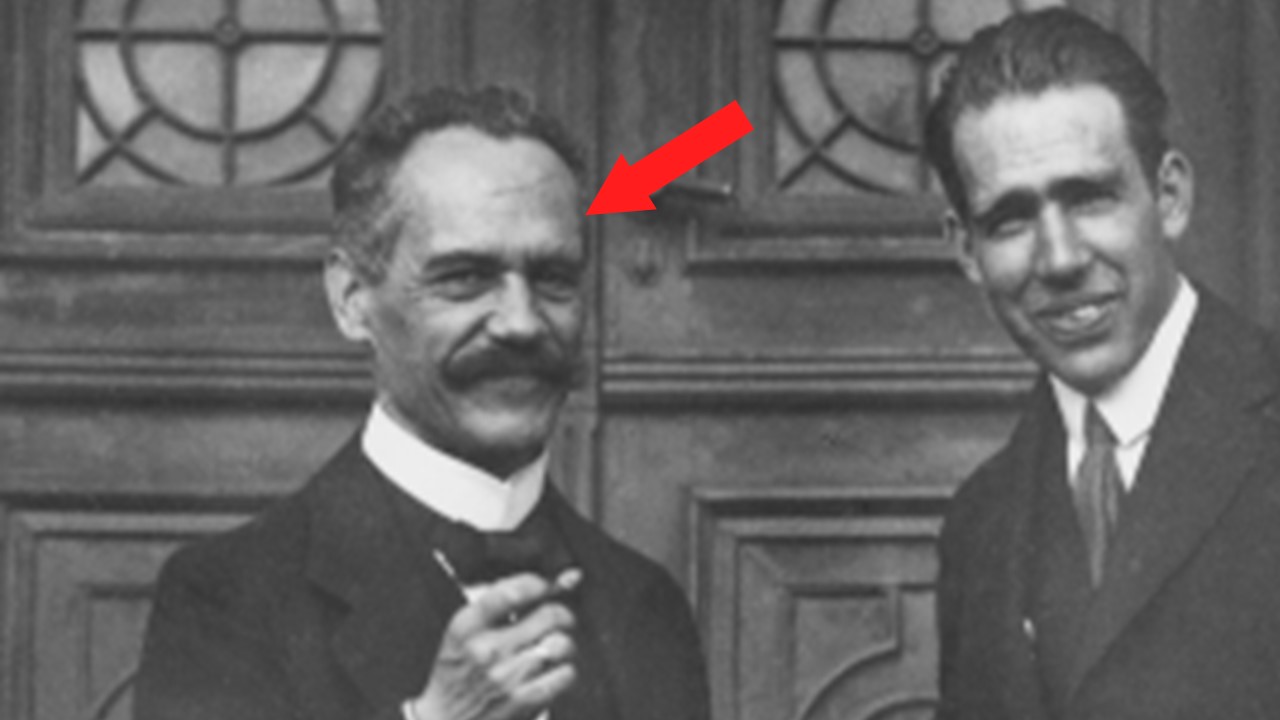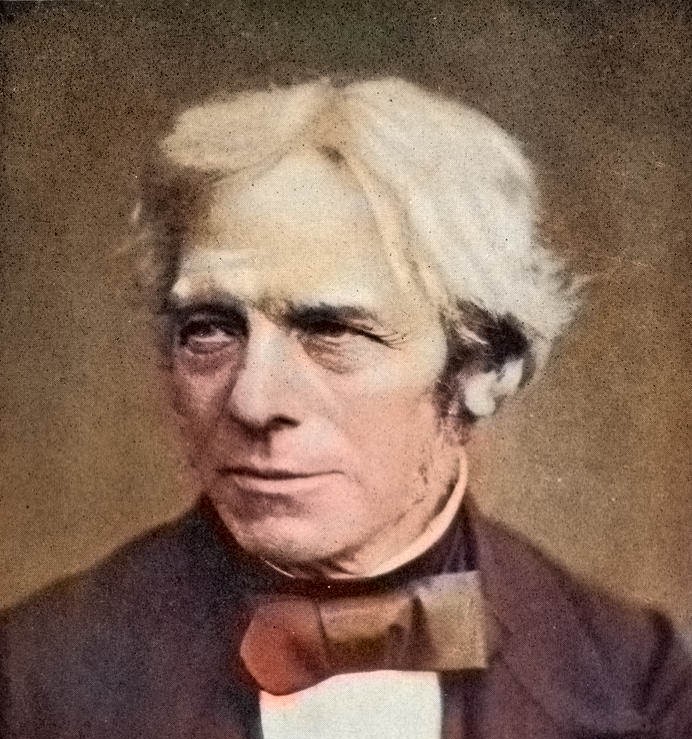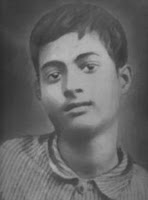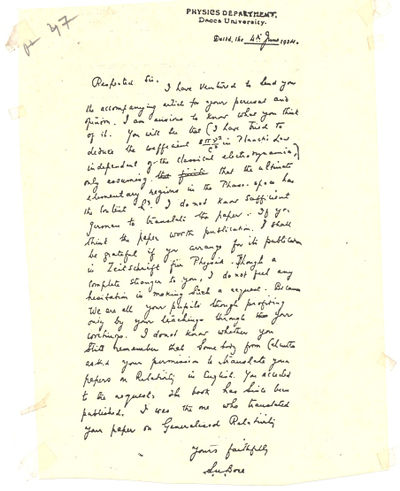
In 1933, when the Nazi Party came to power in Germany, physicist Max Born, who was Jewish, was suspended from professorship at the University of Göttingen. It was a poor decision since under him Göttingen had become one of the world's most promising centres for physics.
Born had spent over 12 years at the University. Here, he developed the matrix mechanics with his assistant Werner Heisenberg. Furthermore, this was the place where he formulated an interpretation of the probability density function, which won him the Nobel Prize, almost 20 years later, in 1954.
Out of job, he accepted an offer from physicist C. V. Raman to go to Bangalore in 1935 where he taught at the Indian Institute of Science. Then, in 1936, he migrated to the University of Edinburgh where he was offered a permanent chair.
Born became a naturalized British citizen in 1939, one year before the second world war broke out in Europe. During this time, he helped as many of his remaining friends and relatives still in Germany get out of the country thus saving them from persecution.
Despite all the bad memories, Gottingen always remained especially close to his heart because it was there that he came under the guidance of the three most renowned mathematicians of the time: Felix Klein, David Hilbert and Hermann Minkowski.
Although Klein didn't approve of Born's particular interest in natural philosophy (physics) he was still impressed by his mathematical prowess. Hilbert especially identified Born's talent and soon hired him as an assistant. Born would often meet Minkowski at Hilbert's house where they would discuss the theory of relativity.
Here, at Gottingen, in 1922, Arnold Sommerfeld sent his student Werner Heisenberg to be Born's assistant. Three years later, they had formulated the matrix interpretation of quantum mechanics. It won Heisenberg his Nobel Prize in physics (1932).
A year later, Heisenberg wrote a letter to Born in which he said how he had delayed in writing to him due to a "bad conscience" that he alone had received the Prize for work done in collaboration. Born, however, did not mind at all as his contribution to quantum mechanics could not be changed by a "wrong decision" from the outside.
But Born would ultimately win the most coveted prize in 1954 after a fruitful career of 50 years. He was 72 years old at the time of winning. He died in 1970 and is buried in the same cemetery as David Hilbert. Born's life thus came full circle. In 2017, Google honored Born with a doodle on their home page.












































 Physics, astronomy and science history blog for students
Physics, astronomy and science history blog for students